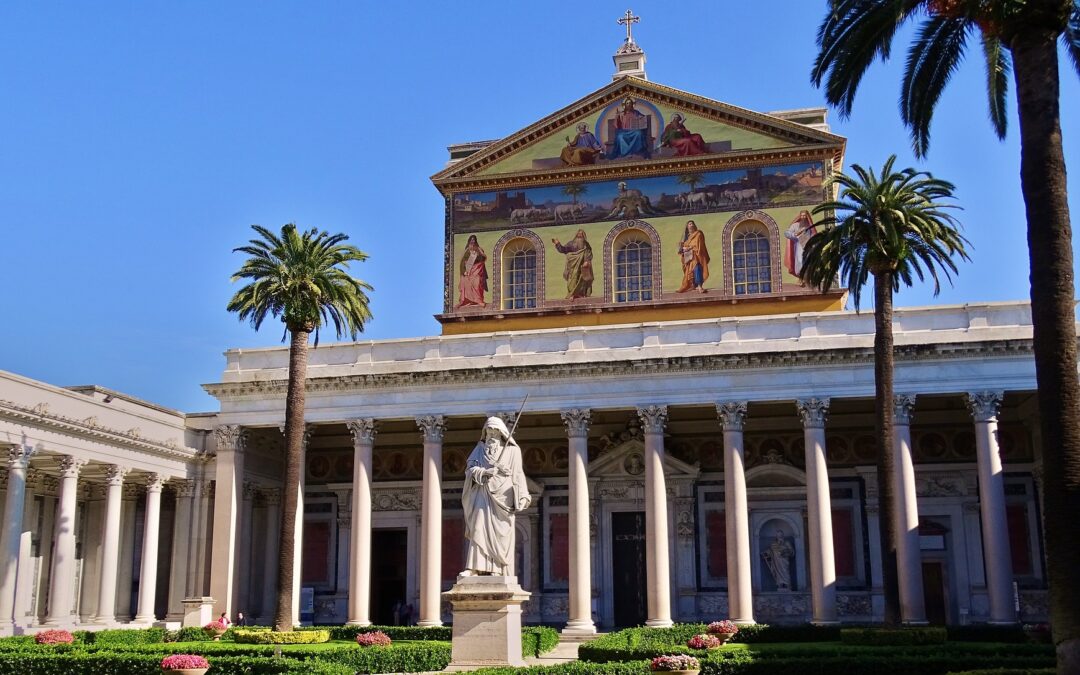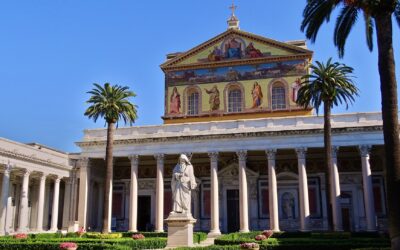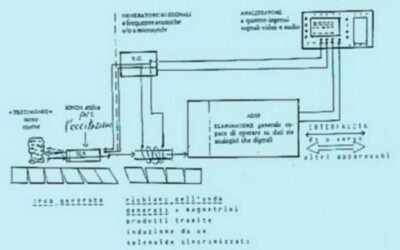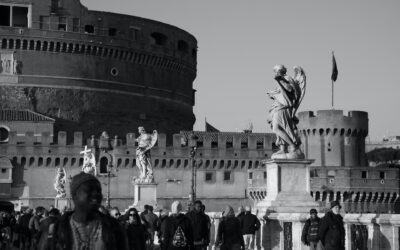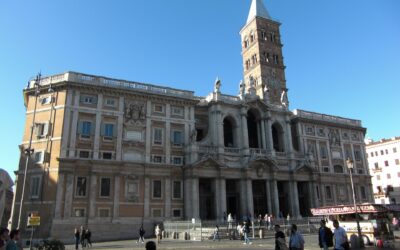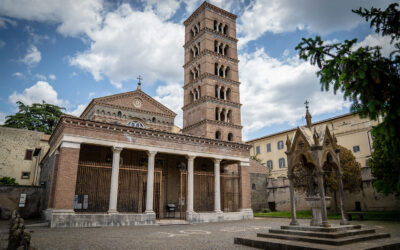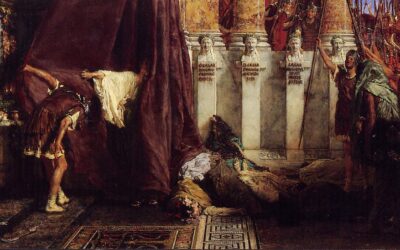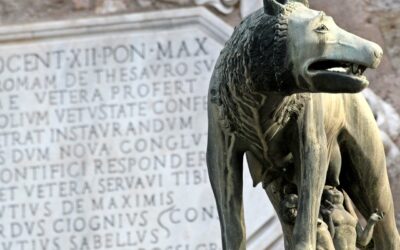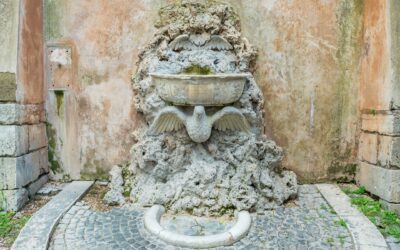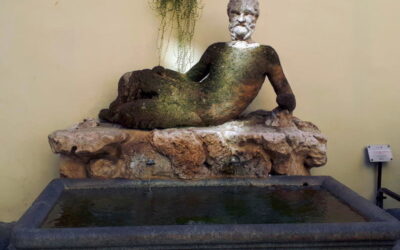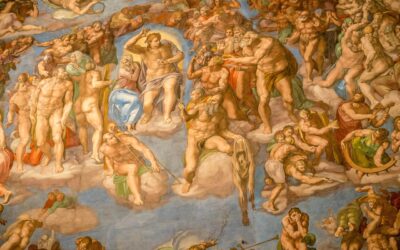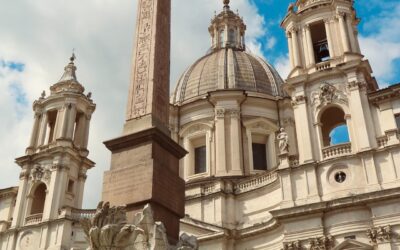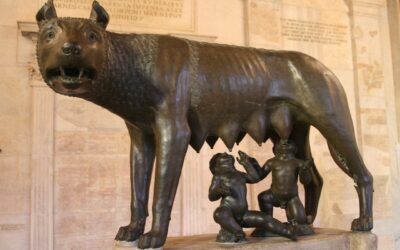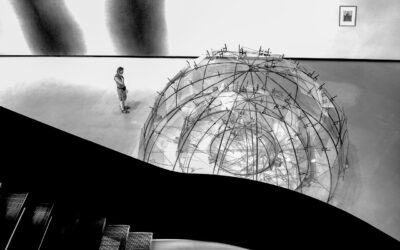Introduction
The Catacombs of Santa Domitilla, located in Rome, hold a profound historical significance as one of the earliest and largest underground burial complexes of the Christian era. Stretching over 15 kilometers (9 miles), this labyrinthine network of tunnels served as a final resting place for thousands of Christians and played a pivotal role in the growth and establishment of Christianity in Rome. In this article, we will delve into the captivating history of the Catacombs of Santa Domitilla, exploring their unique features, artistic treasures, and their crucial role in the radication of Christianity in ancient Rome.
1. Historical Background
The Catacombs of Santa Domitilla date back to the 2nd century AD and derive their name from Flavia Domitilla, a Christian noblewoman who provided her property as a burial site for the early Christian community. During this period, Christianity faced persecution in the Roman Empire, leading Christians to seek underground burial grounds to honor their deceased loved ones and conduct religious ceremonies in secret.
2. Architectural Features
The catacombs consist of a vast network of tunnels, galleries, and chambers, which are divided into several levels. These subterranean passageways were carefully excavated in soft volcanic rock, creating a complex labyrinth that extends several stories deep. The catacombs also contain cubicula, small burial chambers where the remains of the deceased were interred.
3. Artistic Treasures
The Catacombs of Santa Domitilla are adorned with remarkable frescoes and sculptural reliefs, which provide valuable insights into the early Christian art and iconography. The frescoes depict biblical scenes, such as the Good Shepherd, the miracle of the loaves and fishes, and the resurrection of Lazarus, reflecting the deep religious faith of the early Christians. These artistic treasures not only serve as visual representations of Christian beliefs but also offer glimpses into the daily life and customs of the early Christian community.
4. Role in the Spread of Christianity
The Catacombs of Santa Domitilla played a crucial role in the radication and preservation of Christianity in Rome. These underground complexes served as meeting places for early Christians, providing them with a safe space to practice their faith during times of persecution. The catacombs also acted as centers for burial and commemoration, fostering a sense of community and solidarity among the Christian population.
Furthermore, the catacombs served as pilgrimage sites for early Christians, attracting believers from far and wide. Pilgrims would visit the catacombs to honor the martyrs, seek spiritual guidance, and participate in religious ceremonies. This constant influx of visitors helped spread the teachings of Christianity throughout Rome and beyond, contributing to the religion’s growth and influence.
5. Preservation and Rediscovery
Over the centuries, the Catacombs of Santa Domitilla fell into obscurity and were largely forgotten. However, in the 16th century, they were rediscovered by archaeologists and subsequently underwent extensive restoration efforts. Today, visitors can explore a section of the catacombs, providing a unique glimpse into the ancient Christian world and its impact on the development of Rome.
The Catacombs of Santa Domitilla in Rome stand as a testament to the indomitable spirit of the early Christian community and their unwavering commitment to their faith. Through its architectural grandeur, artistic treasures, and historical significance, this underground complex played a vital role in the radication of Christianity in Rome, solidifying its place as an important center for the early Christian community and attracting countless pilgrims over the centuries. Exploring the catacombs today allows us to connect with this rich history and gain a deeper understanding of the origins and spread of Christianity in ancient Rome.




